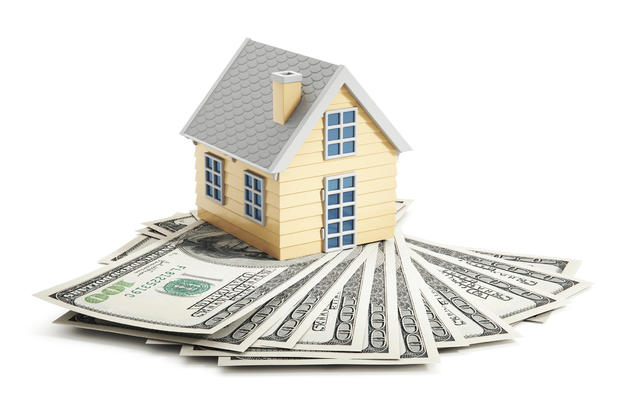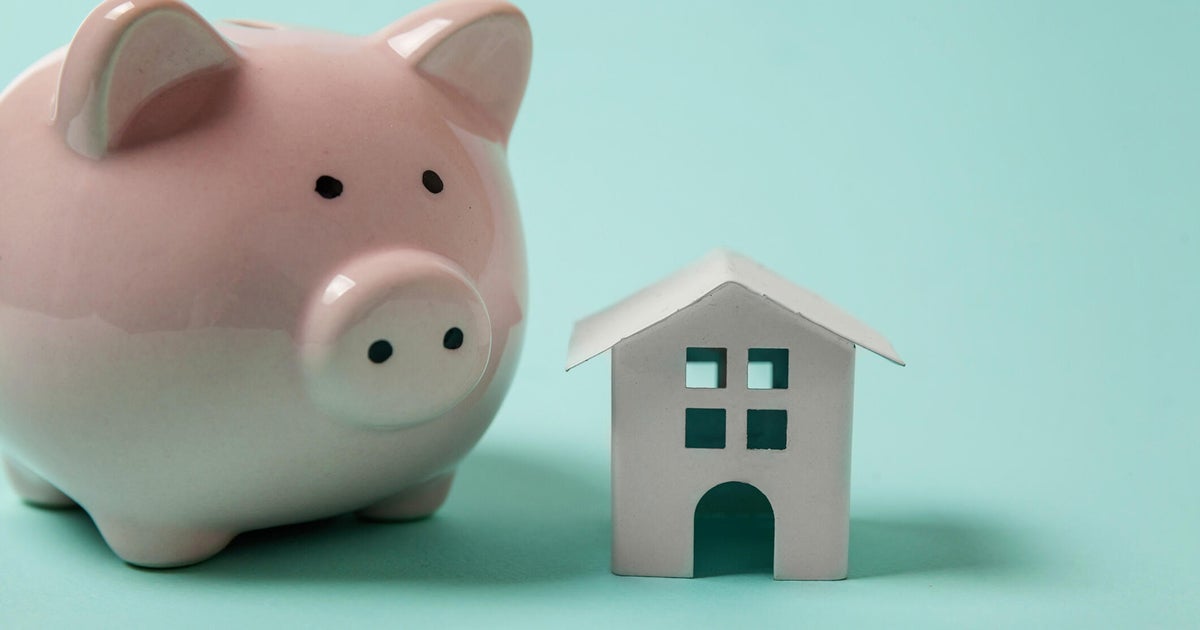How to get equity out of your home
With inflation at its highest since the 1980s and uneven stock market performance, many Americans find themselves looking for new ways to pay for expenses. While this traditionally takes the form of personal loans and credit cards, homeowners have other options to pursue.
By using the equity they've accumulated in their homes, owners can pay for expenses or finance major repairs and renovations, often at a significantly lower interest rate than they would have secured with other credit forms.
Homeowners can access their equity in multiple ways, from traditional refinancing to a cash-out refinance and, for older Americans, a reverse mortgage. They can also directly access their equity via a home equity line of credit (HELOC) or home equity loan. In this article, we will break down these two methods for homeowners to understand which is best for them.
If you think a HELOC or home equity loan could be advantageous, start exploring your options online now.
How to get equity out of your home
HELOCs and home equity loans both work similarly. Here's how you can use each to get equity out of your home.
HELOCs
With a home equity line of credit, you can access your home's equity like you would with a credit card. A HELOC acts as a revolving line of credit, so you only use what you need at a given time (and you only incur interest for the amount you used, not the total amount you applied for).
A HELOC is broken down into two periods: a draw period when you borrow as much or as little as you need (typically capped at 85% of your home's equity) and a repayment period when you pay back what you borrowed. During the repayment period, you won't be able to withdraw any additional equity.
HELOCs are typically used for major home repairs, improvements and renovations, although you can use them however you see fit. That said, if use you them for home improvements, the interest is tax-deductible for the year you used it.
"Interest on home equity loans and lines of credit are deductible only if the borrowed funds are used to buy, build, or substantially improve the taxpayer's home that secures the loan," the IRS explains online. "The loan must be secured by the taxpayer's main home or second home (qualified residence), and meet other requirements."
But that's not the only major HELOC selling point. HELOC interest rates are also lower than some major alternatives. For example, the average interest rate for a credit card is currently around 20%. For personal loans, it's been about 11%, according to the Federal Reserve. A HELOC, by contrast, is approximately 7%.
Not sure what HELOC rate you'd qualify for? You can check your HELOC options online now to see what you're eligible to receive.
Home equity loans
Home equity loans operate similarly to HELOCs, but instead of the line of credit, you deduct a lump sum from your existing home equity which then acts as a second mortgage. This is generally the better option when you know you need a specific sum for a single reason versus needing ongoing access to funds over a longer period (in which case a HELOC may be better).
Home equity loans are the same as HELOCs when it comes to the interest tax deduction. They're different, however, when it comes to interest rates. While both options generally have lower rates than credit cards and personal loans, HELOC rates tend to be adjustable and can fluctuate based on market conditions. Interest rates on home equity loans, however, are locked in and aren't subject to the whims of the economy.
Repayment terms for home equity loans range from five years to 30 years, so it's imperative you secure as low a rate as possible as it could take an extended period to pay off the loan in full.
Check your home equity loan options here to see what rate you qualify for.
How much equity do you have in your home?
Before pursuing a HELOC or a home equity loan, it's important to know exactly how much equity you have in your home. Fortunately, this is easy to calculate.
Let's use an example of a home purchased for $500,000. Since moving in, you've paid $100,000 of the mortgage principal, leaving a $400,000 balance. During this time, the home's value has increased to $600,000. In this case, you would have $200,000 worth of equity ($600,000 - $400,000), not just the $100,000 you directly paid.
Each homeowner's circumstances are different, and it helps to use a real estate professional to accurately gauge your home's current worth. That said, if you apply for a HELOC or a home equity loan, an appraisal via the lender you're using will be completed before funds are disbursed.
Have more questions about your home equity? Explore your local options and interest rates here now.






